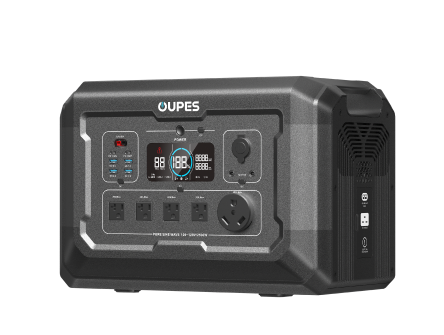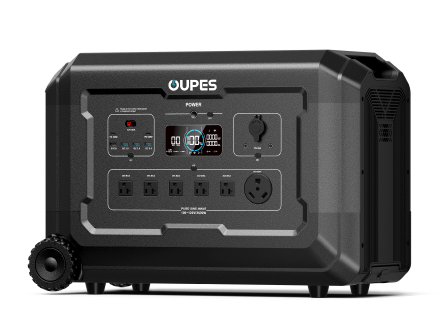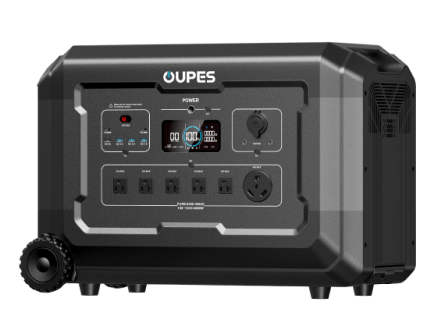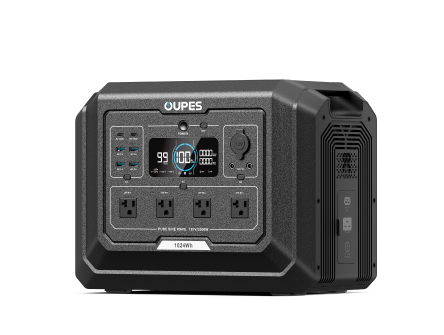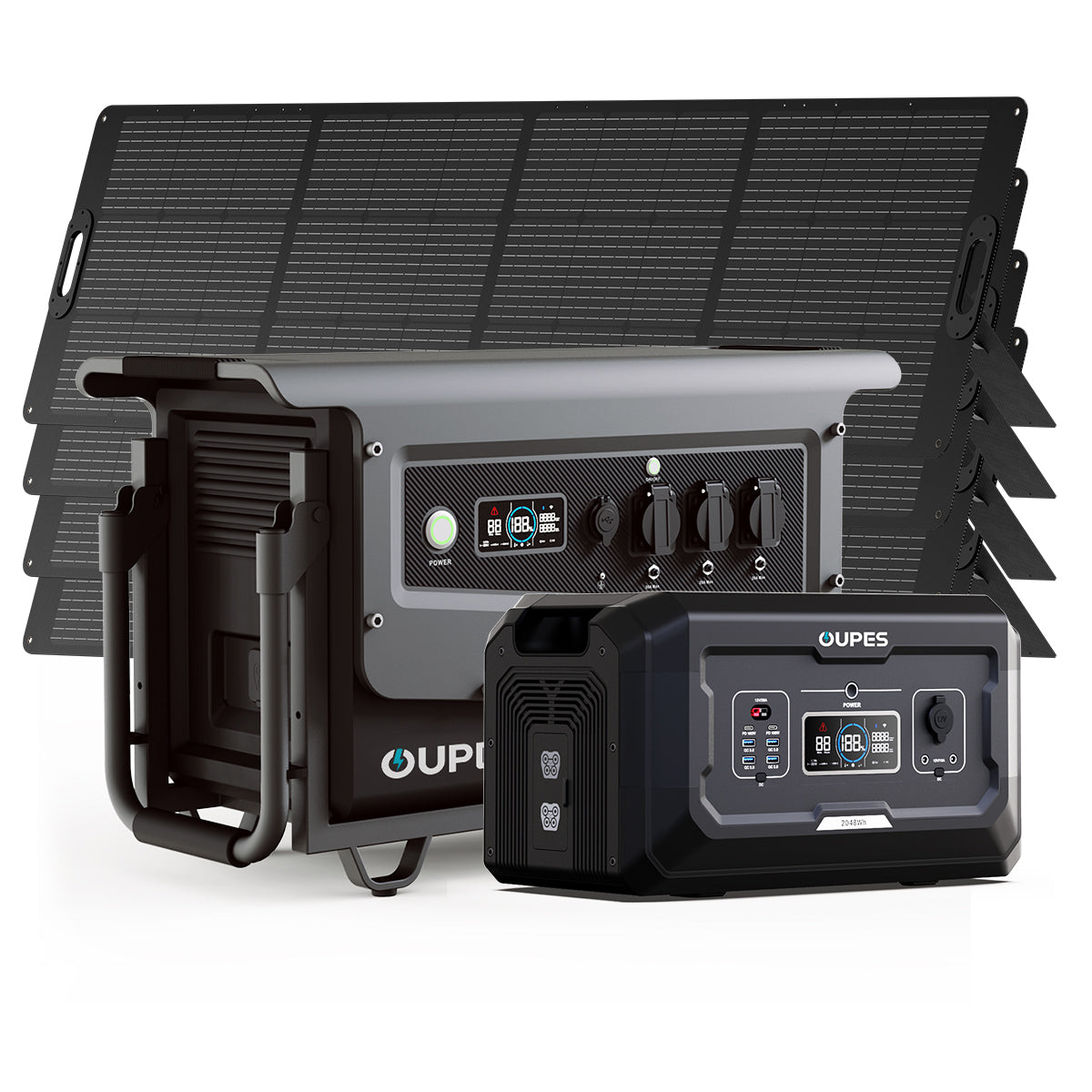
Dreaming of off-grid RV adventures powered by the sun? Many RV enthusiasts are turning to portable power stations with solar panels as a clean, quiet, and flexible energy source. Whether you're boondocking in the wild or parked at a campsite without hookups, understanding how these systems work with your RV is essential. If you’ve ever asked yourself, "Can I plug my RV into a portable power station with a solar panel?"—you’re in the right place. This guide breaks it all down, from compatibility to practical usage tips.
Let’s explore the ins and outs of using a solar-powered portable generator with your RV setup and help you decide if it’s the right move for your next road trip.
Understanding How Portable Power Stations Work With RVs
Portable power stations, often referred to as solar generators, are compact, rechargeable battery units designed to supply electricity wherever you go. Unlike gas-powered generators, they run silently and can be charged using a solar panel, making them ideal for eco-conscious RV travelers looking to minimize their environmental impact.
When it comes to plugging your RV into a portable power station, the key factor is compatibility. Most RVs use a 30-amp or 50-amp electrical system. On the other hand, portable power stations typically provide a standard 120V AC output, sometimes with a maximum output limit of 15 or 20 amps. This means that while you can technically connect your RV to a portable power station, you won’t be able to power all appliances at once, especially high-wattage items like air conditioners or microwaves.
The connection is typically made via an adapter that converts the RV's plug to a standard household plug supported by the power station. It's essential to calculate your RV’s total power requirements and compare them to the output capacity of the power station. This prevents overloading the system and tripping the power station’s internal safety mechanisms.
Additionally, it’s worth noting that portable power stations are not hardwired into the RV electrical system. Instead, they act as external power sources, offering flexibility but requiring manual management of loads. For RVers who use electricity mainly for lights, charging devices, fans, and small kitchen appliances, a portable power station can be an efficient solution, especially when paired with a solar panel for recharging during daylight hours.
Choosing the Right Portable Power Station for Your RV
Not all portable power stations are created equal. Choosing the right one for your RV depends on several factors, including battery capacity, inverter type, charging options, and the ability to integrate with solar panels. Let’s break down what to look for when shopping.
Battery capacity is often measured in watt-hours (Wh), and it indicates how much power the station can store. A small unit with a 300Wh capacity might be enough to charge phones and laptops, but it won’t run your coffee maker or refrigerator for long. For RV use, consider units with at least 1000Wh capacity, and ideally more if you want to power multiple appliances for extended periods.
The inverter type also matters. Pure sine wave inverters provide cleaner power that's safer for sensitive electronics. Modified sine wave inverters are more affordable but may cause issues with certain appliances. For RV use, a pure sine wave inverter is highly recommended.
Look for models that support solar input and offer MPPT (Maximum Power Point Tracking) technology. MPPT charge controllers are more efficient and help you make the most of your solar panels, especially in variable sunlight conditions.
Also, consider the number and type of output ports. A good RV-compatible power station should have multiple AC outlets, USB-A and USB-C ports, a 12V carport, and possibly Anderson or XT60 ports for direct solar input. Some premium models offer app-based monitoring, allowing you to check input/output levels and battery status remotely.
Lastly, check the recharge time and cycle life. Lithium iron phosphate (LiFePO4) batteries are becoming increasingly popular due to their longevity and safety. They typically offer thousands of charge cycles and are more stable in high-temperature environments—ideal for life on the road.
Using Solar Panels to Charge Your Portable Power Station
Pairing a solar panel with your portable power station can create a sustainable and self-sufficient power system for your RV. However, for this setup to be effective, several considerations come into play.
First, choose solar panels that are compatible with your power station. Many manufacturers offer branded solar panels that are plug-and-play with their battery units, but you can also use third-party panels if they match the voltage and connector type. Look for foldable or rigid panels depending on your storage and installation preferences.
The wattage of your solar panel determines how quickly you can recharge your battery. For example, a 200W solar panel can recharge a 1000Wh power station in roughly 5-6 hours under ideal sunlight. However, environmental factors such as cloud cover, shading, and panel angle can affect performance. That’s why having more panel capacity than your bare minimum needs is a smart strategy.
Mounting and positioning are also important. Some RVers use roof-mounted panels, while others prefer portable units they can move around for maximum sun exposure. Portable panels offer more flexibility but require more manual setup and storage considerations.
Another important factor is solar panel efficiency and quality. High-efficiency monocrystalline panels perform better in limited sunlight and last longer than cheaper polycrystalline alternatives. Also, make sure your power station supports pass-through charging if you plan to use it while it's being charged by solar—this allows continuous power to your RV devices without interruption.
Lastly, use an MC4 to Anderson or XT60 adapter if needed, and always follow the manufacturer’s instructions for proper setup. Improper connections can lead to power loss or even damage to your equipment.
Practical Tips for Power Management While Using a Portable Power Station
Managing your power usage is key when running an RV off a portable power station, especially when relying on solar energy. Here are a few best practices to maximize efficiency and extend your runtime.
Start by prioritizing your loads. Essential systems like lighting, phone charging, or water pumps should take precedence over luxury items like TV or microwave use. Consider using LED lights and energy-efficient appliances to reduce consumption.
Monitor your usage with a wattmeter or the power station’s built-in display. This helps you understand what appliances draw the most power and allows you to adjust your habits accordingly. For instance, avoid using multiple high-wattage devices at the same time.
Take advantage of solar power during the day to recharge your system. Plan your power-intensive activities for midday when the sun is strongest and your panels are producing the most energy. Use the evenings for lower-demand tasks when battery power becomes your sole source.
Investing in backup power solutions, such as a second battery or additional solar panels, can also help during cloudy days or periods of high usage. Keep cables organized and connections secure to avoid energy loss and overheating.
Lastly, educate yourself about the energy requirements of each device in your RV. This will make it easier to create a mental or written usage plan that balances your energy budget. With the right habits and gear, a portable power station can reliably meet your RV needs.
When to Use a Portable Power Station vs. Other Power Sources
While portable power stations are incredibly useful, they’re not always the best option for every situation. Knowing when to rely on them versus traditional shore power, built-in RV batteries, or gas generators can help you plan better.
Use a portable power station when boondocking or dry camping, especially in areas with plenty of sunlight. They are also ideal for national parks and remote areas where gas generators are restricted due to noise or emissions. If your trip is short or your power demands are low, a power station can fully meet your needs with minimal hassle.
On the other hand, if you’re staying at RV parks with hookups, it’s more efficient to plug into shore power. This gives you unlimited electricity and allows you to run heavy-duty appliances without worrying about battery depletion.
For long-term off-grid living or winter travel, a hybrid setup might be best. Use a portable power station for daytime and light use, backed by a propane or gas generator for heavy loads or emergencies. Some RVers even use solar-powered portable stations to recharge their main RV battery bank via DC-to-DC charging cables.
Think of portable power stations as part of a broader energy strategy rather than a one-size-fits-all solution. Their portability, silence, and solar compatibility make them a valuable addition to any RV, especially when used alongside other power options.
In the end, flexibility is the real benefit. You’re not tied to one source of power, and that freedom allows you to explore farther and stay longer—without sacrificing comfort or convenience.
In conclusion, plugging your RV into a portable power station with a solar panel is not only possible but also a smart and sustainable choice for many types of RVers. With careful planning, proper equipment, and a bit of solar know-how, you can enjoy reliable power even in the most remote destinations.
From choosing the right system to managing your daily energy needs, this article has covered the essentials to get you started. So next time you hit the road, consider taking solar power with you—you might never look back.

